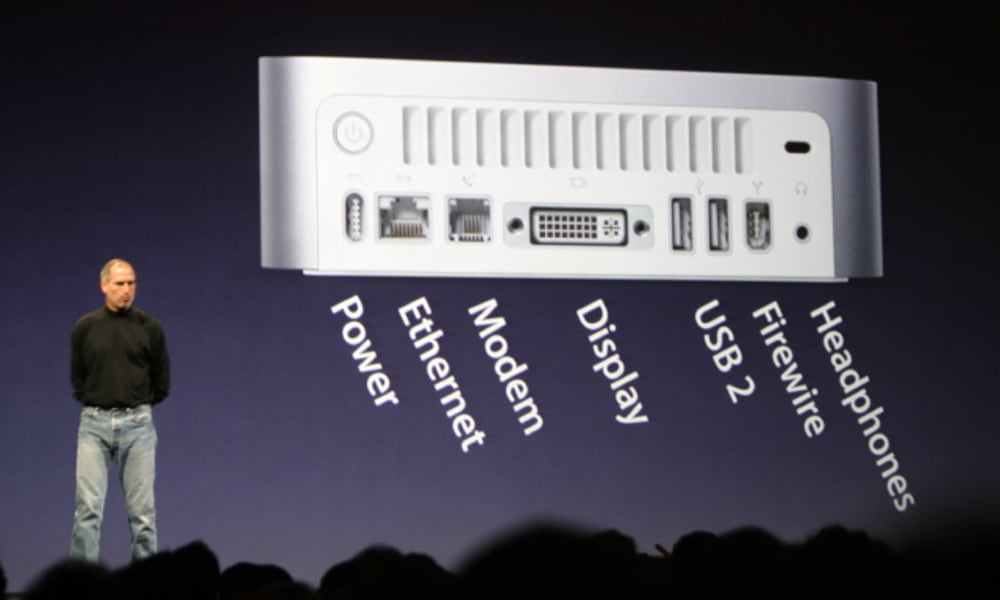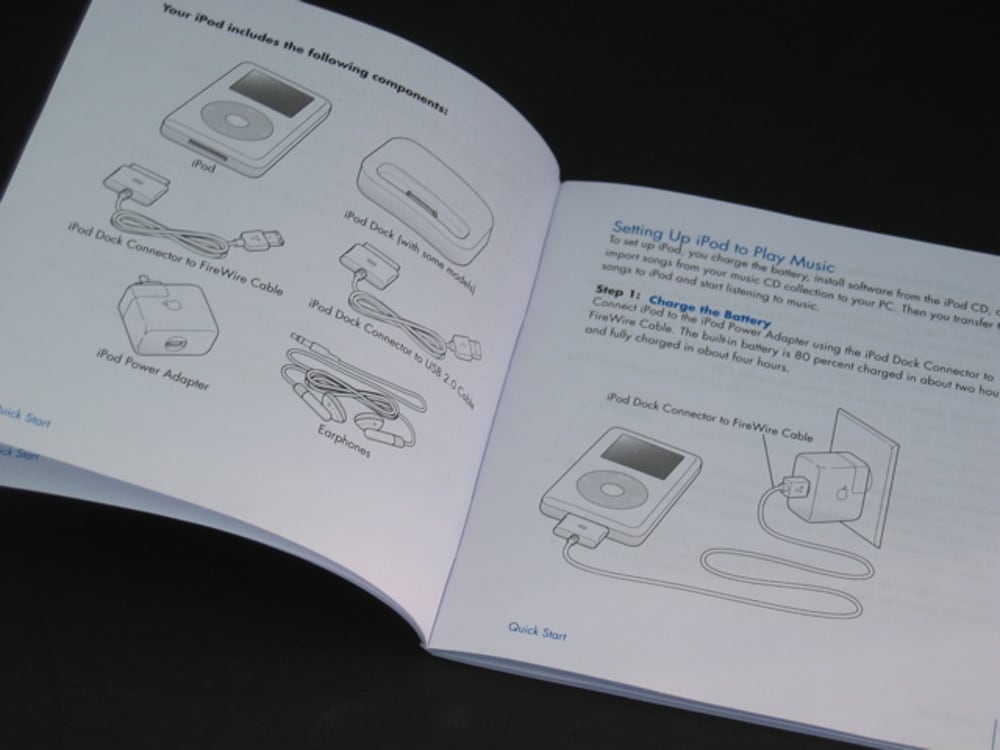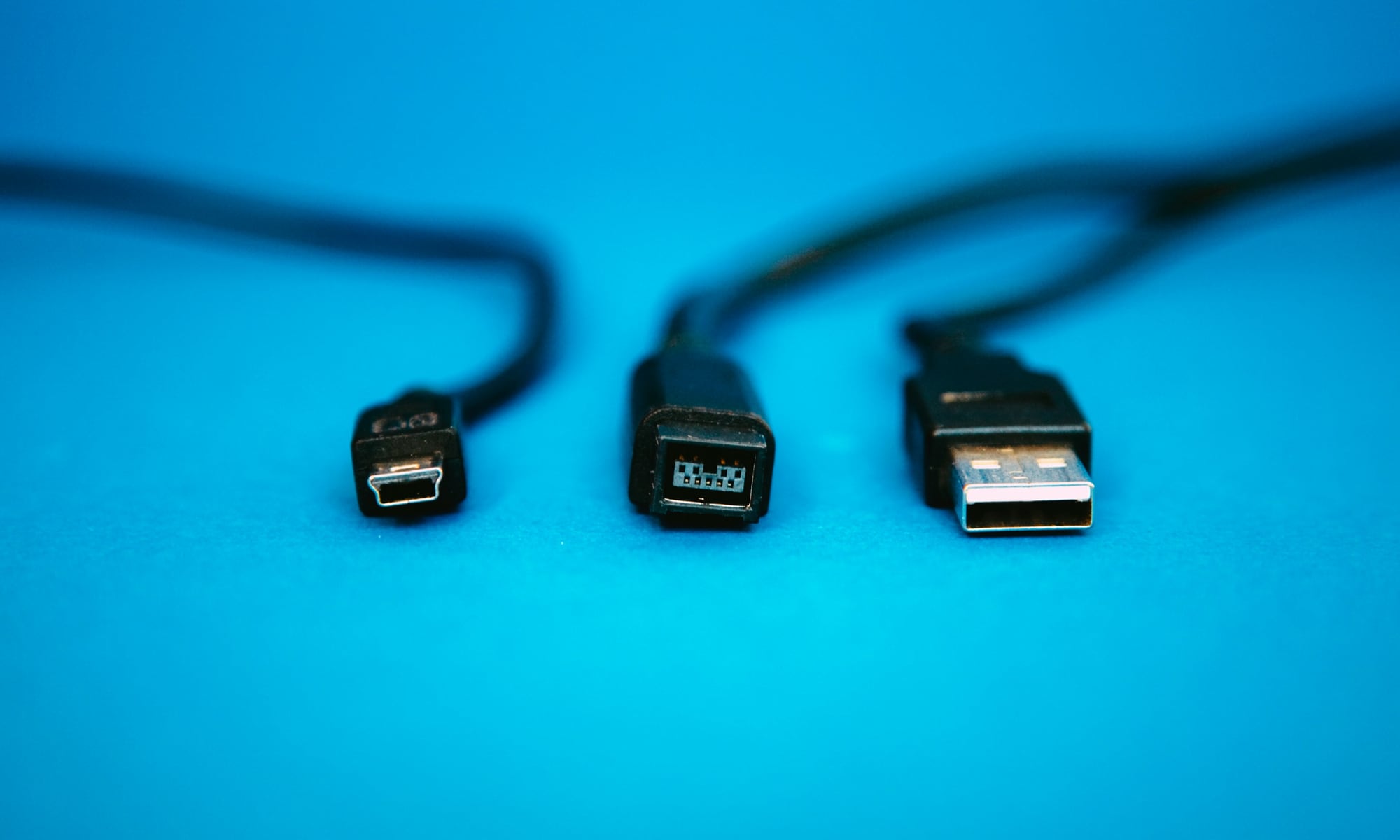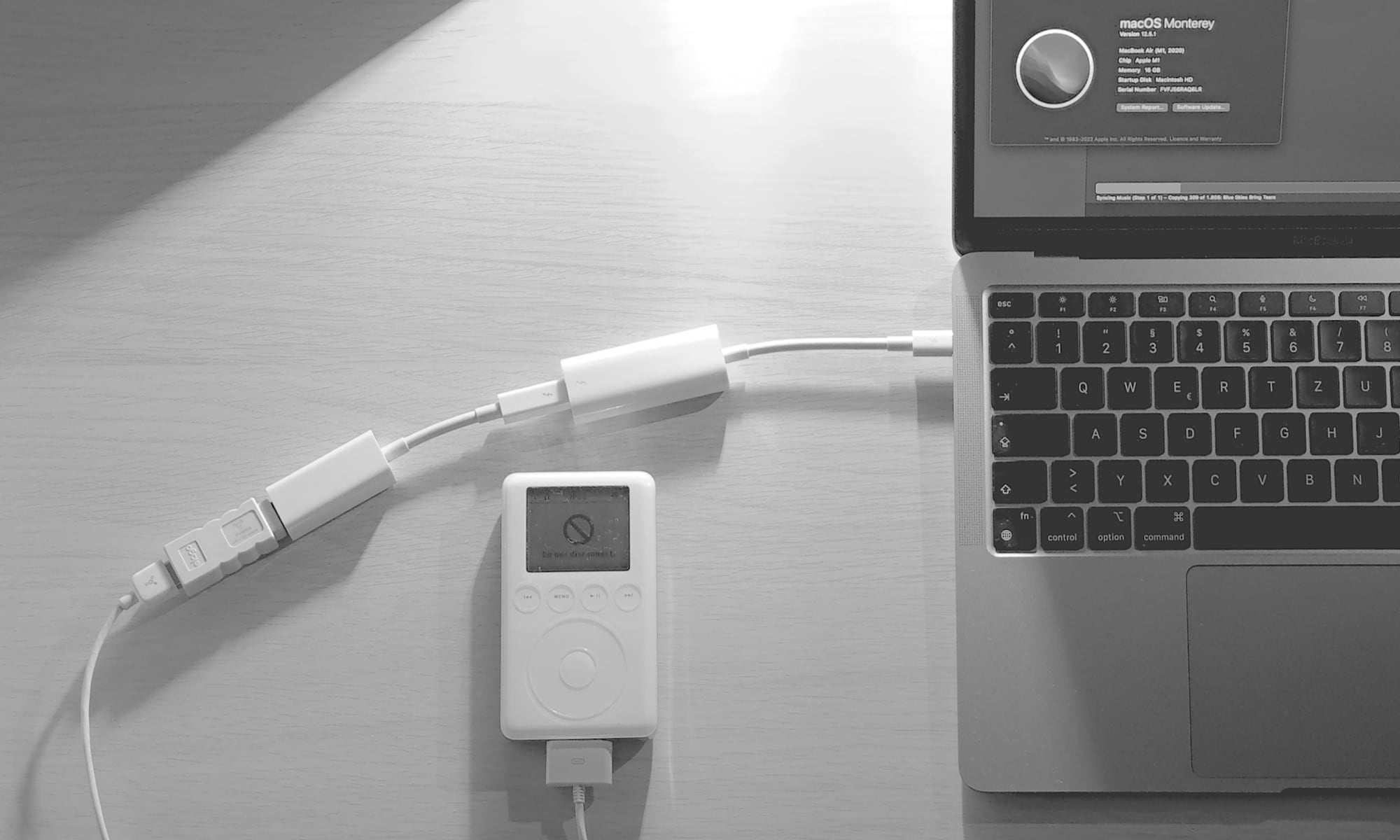Another Era Ends as macOS Tahoe Bids Farewell to FireWire
 Asanka Dewage / Flickr
Asanka Dewage / Flickr
Toggle Dark Mode
This year marks a significant shift for macOS with a new Liquid Glass design and a bump to version 26. With that, Apple also appears to have decided that it’s time to begin retiring some of the legacy standards it’s been holding onto.
As we reported last week, macOS Tahoe will be the last version to support any Intel Macs, but it seems that the current release of macOS Sequoia will be the last to offer support for the FireWire standard.
While Apple hasn’t made any official announcement to this effect, several users on Reddit and X have reported that FireWire support no longer exists in the first macOS Tahoe developer beta. This includes both the original FireWire 400 and the later FireWire 800 standards. FireWire devices are no longer detected by macOS, and the FireWire section has entirely vanished from the System Information app in macOS Tahoe.
We’ve confirmed these findings, and while there’s always a possibility this is a “beta one” glitch, the removal of the FireWire settings and underlying frameworks suggests a deliberate decision on Apple’s part.
What This Means for You
Long-time Apple fans may be disappointed by this move, but most people won’t even notice the loss. If you’ve only switched to a Mac in the past decade, chances are good that you’ve never seen a FireWire port.
For example, one of the first reports on X lamented the lack of compatibility with the first-generation iPod — the model released in late 2001.
If you’re still rocking one of those, it’s probably time to upgrade. To put this in perspective, only the first two iPod models were FireWire. By early 2003, the third-generation iPod had adopted the 30-pin Dock Connector with support for both USB and FireWire to ensure compatibility with Windows PCs, as FireWire ports were rare outside of the world of the Mac.
That’s largely because FireWire was originally developed by Apple, beginning its life in 1986 as a proprietary standard. It was officially published and adopted as IEEE 1394 in 1995. Sony was also among the first peripheral makers to adopt the technology in the late nineties as i.LINK — its own brand for the same thing — and it became common on digital camcorders of that era.
The FireWire Saga

FireWire launched with 400 Mbps transfer speeds in a world where USB 1.1 could only deliver a meager 12 Mbps. That made it the fastest wired connectivity protocol on paper, but Apple didn’t start including FireWire ports on the Mac until 1999, only a year before USB 2.0 would arrive to leapfrog FireWire 400 by offering 480 Mbps transfers.
Nevertheless, FireWire remained popular in professional audio and video environments, and many digital camcorders, audio interfaces, and high-performance external hard drives supported it. The ability to daisy-chain devices also made it more versatile, eliminating the need to invest in a separate hub. It was so popular among professionals that it won a Primetime Emmy Engineering Award in 2001 (tip of the hat to John Gruber at Daring Fireball for jogging my memory).
Those became even more popular for professional workflows when FireWire 800 came along in 2002, offering 800 Mbps speeds six years before USB would get a similar boost with USB 3.0. Later versions of FireWire offered 1.6 Gbps and 3.2 Gbps transfer speeds, but these were relatively uncommon and were never used on a Mac.

Nevertheless, Apple moved on from FireWire relatively quickly for its mobile devices. Only two years after it added USB support to the third-generation iPod, the fifth-generation iPod (aka the “iPod with video”) dropped support for FireWire data transfers; only 12V FireWire charging remained to avoid breaking compatibility with older docks or accessories.
While the first iPhone and iPod touch also supported FireWire charging, likely due to Apple’s iPod Hi-Fi using that to power connected devices, no iOS device has ever used the standard for data transfer, and the 2008 models dropped support for FireWire entirely.
Meanwhile, the last Macs to include built-in FireWire ports were the mid-2012 non-Retina MacBook Pro and higher-end Mac mini models. Apple began transitioning to the newer Thunderbolt standard in 2011, eliminating the need for FireWire ports.
This means any Mac with direct FireWire connectivity was left behind after macOS 10.15 Catalina in 2019. However, Thunderbolt offered backward compatibility with FireWire, and Apple continued selling a Thunderbolt to FireWire adapter until sometime in 2022.
Since many of the peripherals that used FireWire were higher-end gear, it’s understandable how some folks may have continued to rely on FireWire-based audio interfaces and hard drive arrays over the years. After all, why fix what isn’t broken? If you’re one of those legacy FireWire device users and you want to make the jump to macOS Tahoe later this year, it may be a good time to start shopping around for alternatives.









